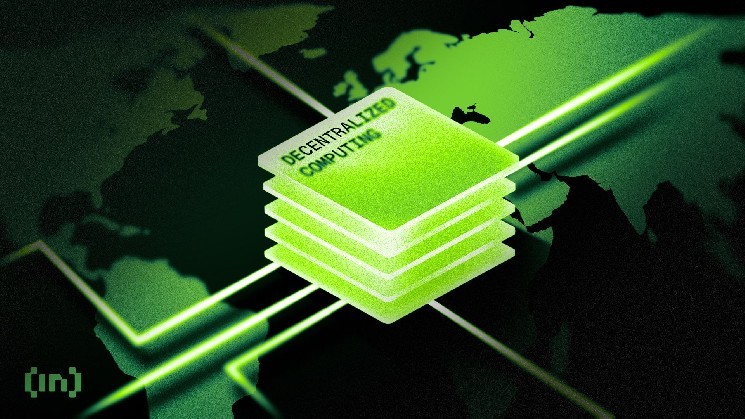A recent outage at Amazon Web Services (AWS) caused thousands of applications to freeze and reignited the debate over Web3’s reliance on centralized cloud providers.
The disruption revealed how deeply crypto platforms still rely on Web2 infrastructure for systems that are supposed to operate without interruption.
How centralized outages affect distributed systems
On October 20, 2025, the AWS US-EAST-1 region lost power for nearly three hours due to a DNS bug in the DynamoDB service, freezing thousands of applications worldwide. The outage began at approximately 07:55 UTC and was resolved by 09:35 UTC, but was caused by a potential flaw in the software that created empty DNS records and required manual intervention to fix.
The AWS outage set off a chain reaction that disrupted major technology platforms like Lyft, Peloton, and Roblox. The cryptocurrency and Web3 industries have also experienced widespread disruption. Coinbase Advanced, a major trading platform, has completely ceased operations and users are locked out of their accounts and unable to perform trades.
Base, Coinbase’s Ethereum Layer-2 blockchain, suffered severe slowdowns due to a failure in its AWS-hosted infrastructure, resulting in a significant drop in transaction throughput. Other ecosystems were also not spared. Solana experienced intermittent node failures, Ethereum decentralized apps (dApps) experienced API disruptions, and Polygon reported partial outages in its scaling solution.
This event called into question blockchain’s fundamental promise of creating applications that can operate continuously without relying on a single server, company, or government. This failure highlights how single points of failure continue to violate web3’s vision of unstoppable applications.
“The recent AWS outage is a reminder that the promise of web3 decentralization cannot depend on a centralized backbone. Outages like the AWS one all demonstrate the cost of centralization, not only in downtime but also in reliability,” said Evgeny Ponomarev, co-founder of Fluence.
Distributed computing shows promise despite technical hurdles
Distributed Physical Infrastructure Networks (DePIN) introduces a new model for provisioning computing resources. Rather than relying on centralized data centers, DePIN connects a global pool of independent providers through a peer-to-peer marketplace.
Each server contributes compute, storage, or GPU power that is verified on-chain for transparency. Control is distributed rather than owned, and the system expands organically as new participants join.
This structure replaces large single-region data centers with thousands of independent servers distributed across them. If one fails, workloads can be seamlessly migrated to other servers or data centers.
This decentralized model also offers significant cost benefits. DePIN providers increase efficiency by leveraging global free computing power, often reporting up to 85% lower costs compared to leading hyperscalers. For example, Fluence is one of several projects developing a decentralized computing network based on the DePIN model.
The platform is connected to the verified target=”_blank” rel=”noreferrer noopener”>2025 State of Cryptocurrency Report, in which the World Economic Forum predicts the DePIN category will grow to $3.5 trillion by 2028.
Although DePIN cannot yet match the immediate global scale of hyperscalers, its open source foundation makes it much more adaptable. By building on open standards, you can move workloads between multiple providers with minimal friction. Developers gain true portability without being tied to a single vendor’s API or billing model.
In fact, decentralized networks like Fluence are already showing how open source infrastructure can connect independent providers into one interoperable fabric that operates like a cloud while remaining fully portable and transparent.
Evgeny explained:
“Our goal is not to replace AWS overnight, but to simplify the migration and make the choice a reality,” said Evgeny Ponomarev, co-founder of Fluence. “When computing runs on open protocols across many providers, outages are no longer system failures; they become local events that the network can absorb.”
This open, cross-provider cloud model provides a path to resiliency that cannot be achieved with centralized architectures. As DePIN matures, it could redefine reliability baselines by making the cloud itself open source and making migration as simple as redeploying code.
This article, “What the AWS outage reveals — and why projects like Fluence are rebuilding Web3’s cloud infrastructure” was first published on BeInCrypto.


